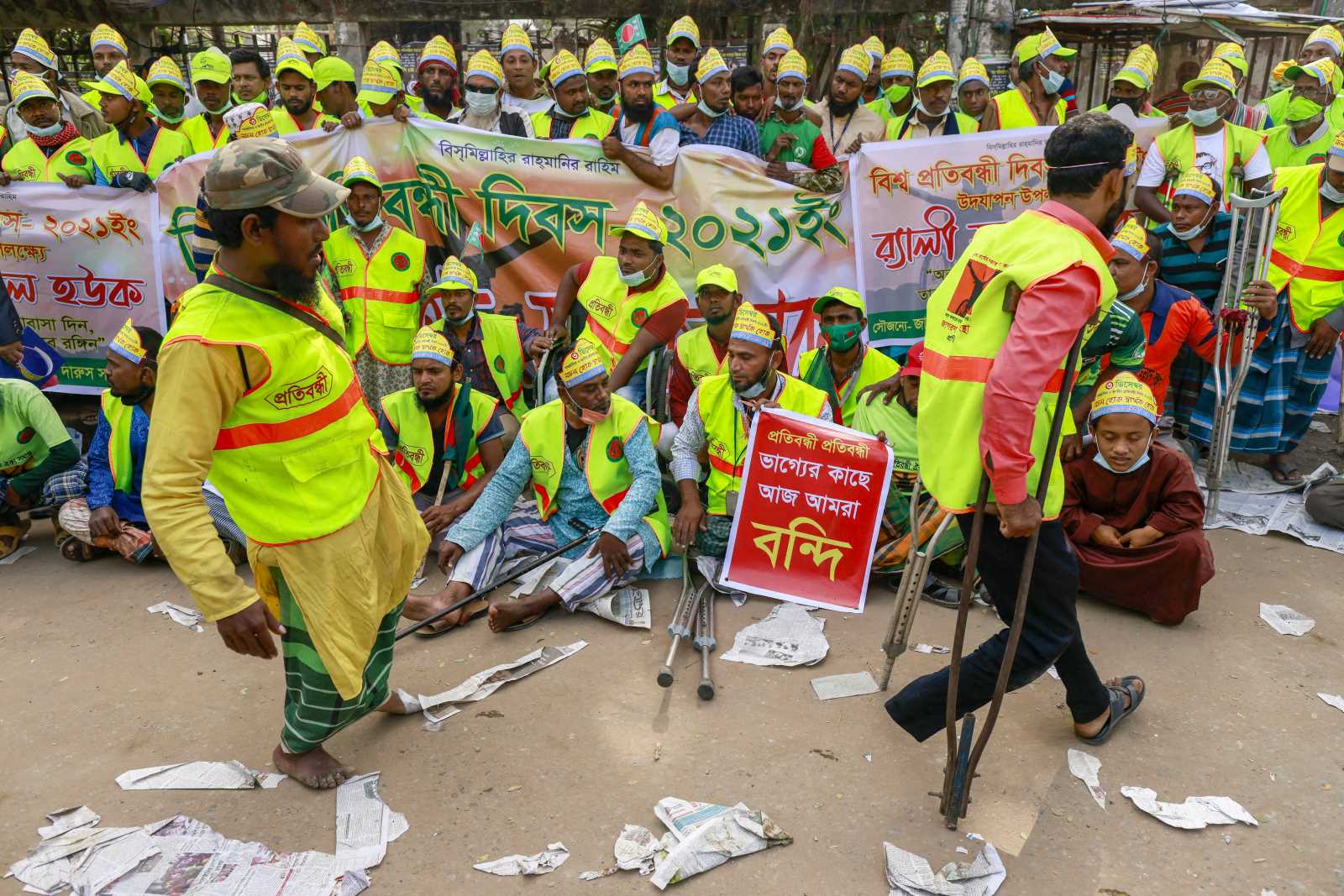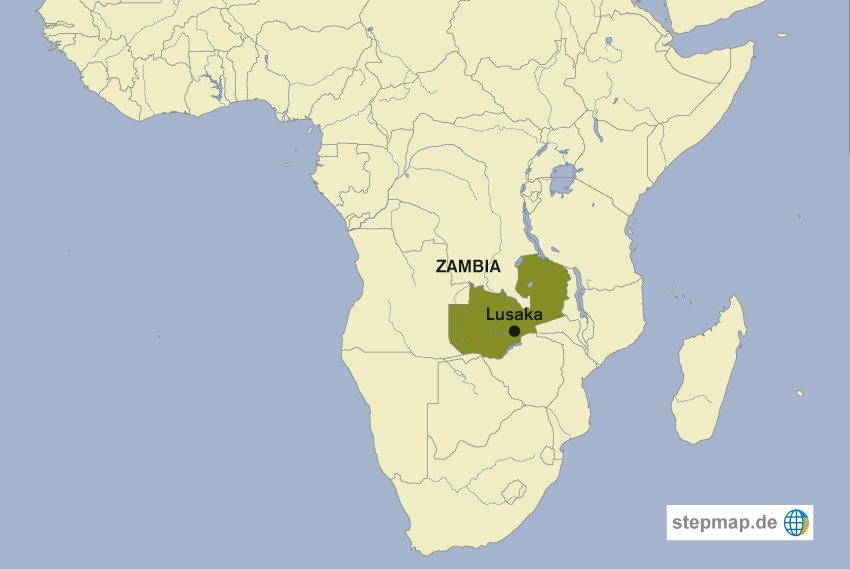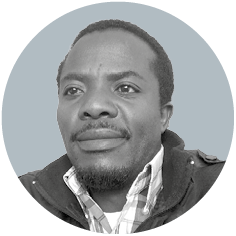Gender equality
Use the gender lens

In 2018, UNESCO published its sixth gender review in the context of the Global Education Monitoring Report. The idea is to track progress towards the UN Sustainable Development Goals (SDGs). This agenda commits to the principle that men and women must benefit equally from development. The UNESCO report focuses on SDG 4 (“ensure inclusive and equitable quality education and promote lifelong learning opportunities for all”) and SDG 5 (“achieve gender equality and empower all women and girls”).
The good news is that overall, the world has achieved parity in all levels of education except for tertiary education. The bad news is that there are disparities at national and regional levels, which get worse at higher levels of education.
The report extends beyond comparing the number of boys and girls in classrooms. Instead, the first part deals with the critical issues which cause gender disparities in education, including health, water and sanitation. The second part explores incentives and retribution measures that can serve SDG achievement. Ideally, governments and schools should make sure that standards are followed, and independent institutions – such as journalists, courts and NGOs – should monitor and judge their performance.
What still needs to be done?
The report introduces the term “gender lens”. It means that gender should be considered in every aspect of life. The goal is to recognise and address discrimination. In regard to education, relevant domains include:
- gender norms,
- values and attitudes,
- non-educational institutions,
- laws and policies,
- distribution of resources and
- teaching and learning practices.
For instance, the report uses a gender lens to scrutinise the lack of women in leadership positions worldwide. Across all OECD countries, women are the majority of lower secondary teachers with 68 %, but only hold 45 % of principal positions. The discrepancy between male and female leadership generally increases with the level of schooling. In Rwanda, for example, women make up 30 % of primary school principals and 19 % of secondary school principals. The authors argue that without equal female representation at every level – from school committees to legislative bodies – women’s influence is stifled, at least to some degree. They warn this can slow down and sometimes even prevent any progress towards equality.
Commendably, the UNESCO authors turn the gender lens upon the UN. They recognise that the UN, which facilitates and partially funded the study, is a role model and want it to implement its ideals as a “crucial first step” towards equality. The UN, of course, has not achieved gender equity in leadership.
The report demands that UN, multilateral agencies and national governments create more space for women in top leadership positions. To achieve this, the report outlines the successful use of quotas in countries such as Sweden, Italy and Uganda. The use of quotas in these countries has led to more women in top jobs – and sometimes to more educated and better qualified leaders. Quota enforcement brought countries closer to meeting their targets. Women in leadership, furthermore, are role models who encourage girls to aim just as high as boys.
The report points out that gender equality in education is not an isolated topic. It is interconnected with all other spheres of society. Thus as gender equality improves in education, it also improves in health, government representation, the workforce et cetera. According to the authors, whether one is a student, parent, teacher, government official, woman or man, one must view education and policy through the gender lens – and then take action to improve matters.
Link
Global Education Monitoring Report:
https://en.unesco.org/gem-report/2018_gender_review












